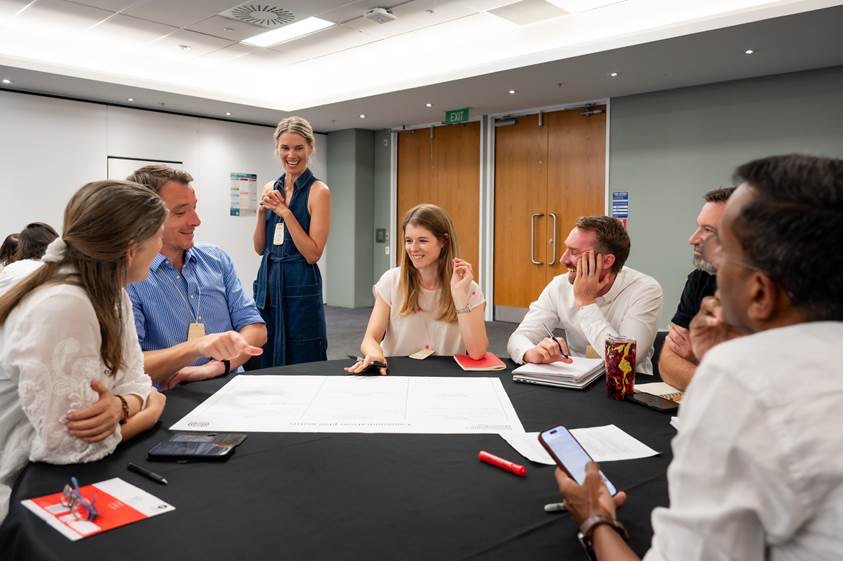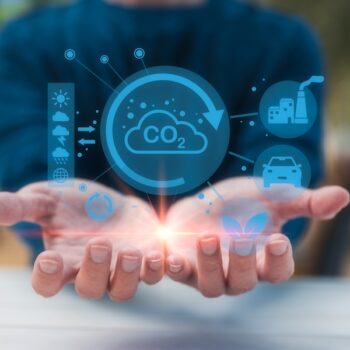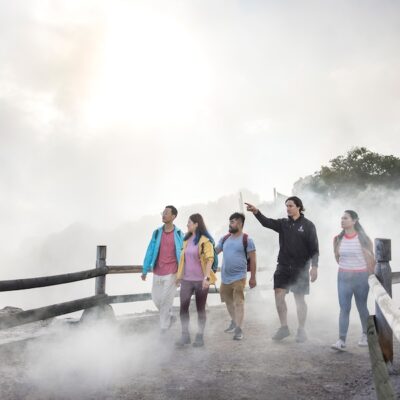Does your sustainability training line up with reality?
If your sustainability training doesn’t mention resilience and reconnection, you’re doing it wrong. Here are some pointers.
Professional sustainability grapples with physical reality vs the norms of our unsustainable behaviour. It needs an understanding of the past – where our industrialised norms have come from. It has to have a keen eye on the present, where we make our living. And It has to have one eye into the future as best we can foresee it. Otherwise any benefits we get will be partial and short-lived.
It’s tricky to assess the pace and depth of the changes we think we need to make. We don’t want to be so far out of step with the rest of the commercial world that we can’t compete on price. We don’t want to be so far behind the sustainability curve that our business loses its customer demand and/or social licence. This can happen faster than you might imagine.
So at this point, in 2025, it helps to consider three different strands of thinking.
Scaling conventional sustainability
Firstly, and most obviously, how do we make our work more sustainable? This includes all the familiar stuff. Reducing greenhouse gas emissions. Minimising waste. Life cycle assessments. Ecological footprinting. It takes in Diversity, Equity and Inclusion, because despite what some politicians claim, you can’t have a sustainable society without them. Over-arching these are the ‘big picture’ system ideas. At the moment, they include things like the circular economy and Doughnut Economics.
That all aims to reduce environmental degradation. It promotes economic and political stability. It provides tools for adapting businesses and institutions toward more sustainable operations.
But there are important limitations. Industrialised society has got less sustainable since we started doing all this 30 odd years ago. Scientific consensus is charting ongoing ecological degradation. Climate change-driven geopolitical instability in the current era may further disrupt progress.
Technological advancement alone won’t ever bridge the gap. Industrialised societies and their people tend use new tech to increase resource use rather than decrease it. It’s used additionally rather than instead of the old tech. Let’s take some examples. We have nuclear power and renewable energy. But the world uses more firewood and coal today than ever before. AI may make some analytical processes hyper efficient. But it’s also enabled us to burn resources to produce videos of animated cats on motorbikes. All tech, sadly, also gets used for war, which is about as unsustainable as it gets. That’s the kind of system we live in.
As long as we don’t change that, we’ll stay wedded to the exponential trajectory of unsustainability. That means inevitable civil and economic disruptions that will impact your business within the coming few years.
Resilience
So it makes sense to incorporate resilience planning into your training. Because you can’t do meaningful strategy development without the right risk assessment and response. This includes geopolitical and climate scenario planning. Advocacy for resilient infrastructure and regulation. It also encompasses organisational strategies for continuity. This might mean resource stockpiling. You might want to be careful about debt. You may choose to ensure your facilities are future proofed. And you’ll need to consider psychological and emotional resilience for your people. This includes responses to eco-anxiety and intergenerational concerns. Ask them, they will have them.
You won’t deal with all that by changing the canteen’s coffee cups. You’ll need to address the barriers to meaningful conversations. Most of us only work one job for a few years. We’re driven and incentivised to prioritise profit. We consider viability on relatively short timelines. We need to broaden our horizons.
But still, this doesn’t go far enough.
Re-establishing ecological consciousness and behaviour
The transformation we need won’t be easy. But the direction of travel, while still disputed, is well signposted. It starts with a deepening understanding of what drives and influences our behaviour. Re-establishing our sense of belonging and meaning within the natural, real world. Re-establishing all forms of indigenous, place-based culture everywhere.
That’s the third, and most important, piece of the puzzle.
Sustainability training that doesn’t encompass these three elements will be partial at best. It may even be counterproductive.
The next time you’re booking sustainability training, ask them about this. If they can’t answer coherently and convincingly, ask someone else.







